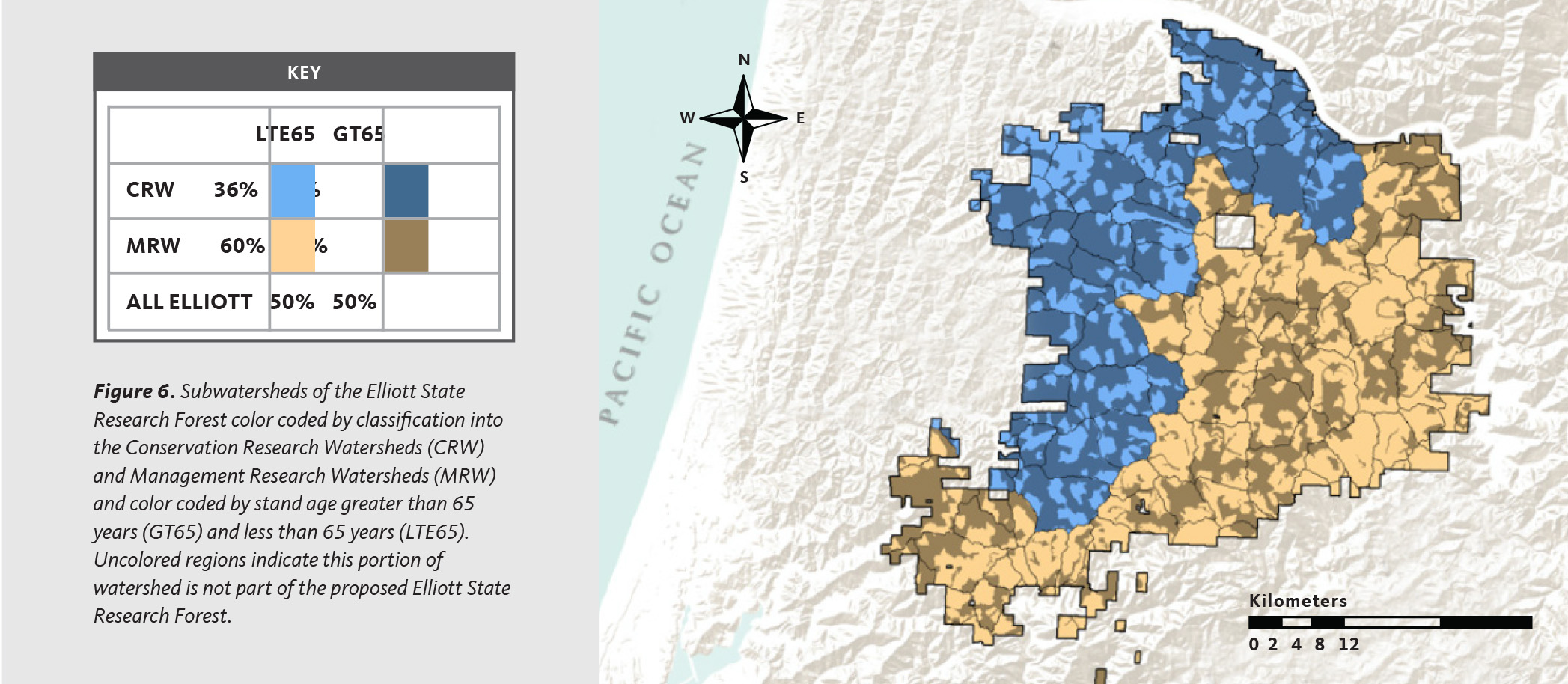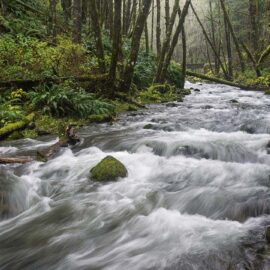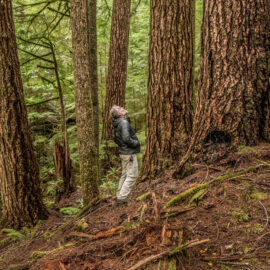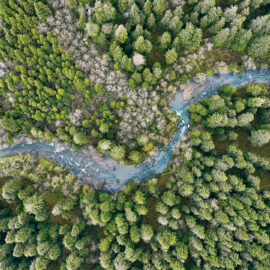The Elliott State Forest near Coos Bay is a coastal gem consisting of 82,500 acres of public land that includes rare remnant older forests and critical habitat for Oregon coastal coho salmon. Unfortunately, in 2017, the forest was at risk of being sold to a private logging company. Privatization would have reduced access for local anglers and hunters—the Elliott is some of the last accessible land in the area—and would have harmed fish habitat and water quality.
Our strong coalition of hunters, fishers, conservationists, and businesses fought to keep these public lands in public hands. The State Land Board responded by unanimously cancelling the sale of the Elliott in May of 2017. This win laid the groundwork for protecting a forest and its many benefits.
Next, thanks to leadership from Governor Brown and Senate President Peter Courtney, policymakers turned to the root of the problem. For decades, the Elliott State Forest was obliged to provide funding to Oregon schools through timber harvests, which created pressure to harvest at unsustainable levels. The State Legislature approved $100M in state bonds for schools, thereby reducing the pressure to harvest. The Legislature also provided funding to engage the public in planning a future for the forest based on a wide spectrum of values, and formed a state advisory committee that included Oregon Policy Director Bob Van Dyk, tasked with negotiating a new path forward for the Elliott. (For more on the Elliott’s journey, click here.)
In March 2022, the Elliott finally achieved strong and durable protections when the State Legislature passed SB 1546. This bill formally designates the Elliott as a nationally unique State Research Forest, permanently decouples these lands from school funding, and puts the forest in the hands of a new, independent public ownership and governance entity. As the Elliott State Research Forest, these forestlands will be managed by Oregon State University pursuant to a federally-approved Habitat Conservation Plan, generating forestry, climate, and ecology research with global relevance.
HIGHLIGHTS FROM THE ELLIOTT BILL:
- Appropriates $121 million to decouple the 82,500-acre forest from the Common School Fund. This compensates the school fund for the value of the forest while freeing it from obligations to produce clear-cuts and revenue for schools; it also enables its use in service of scientific research, conservation, and broader public values.
- Creates a new collaborative governance structure tied to a new state agency with independent oversight, conservation representation on its Board, and compliance with public transparency and accountability laws.
- Creates a 34,000-acre permanent reserve on the Oregon Coast, larger than any existing coastal wilderness—protections that are critical in a sea of otherwise highly fragmented forestland habitat.
- Protects 93% of the Elliott’s remaining mature and old-growth forest for imperiled species like the northern spotted owl and marbled murrelet; and advances stream protections and management to aid in the recovery of coho salmon, including an emphasis on recruiting natural sources of wood into fish-bearing streams.








